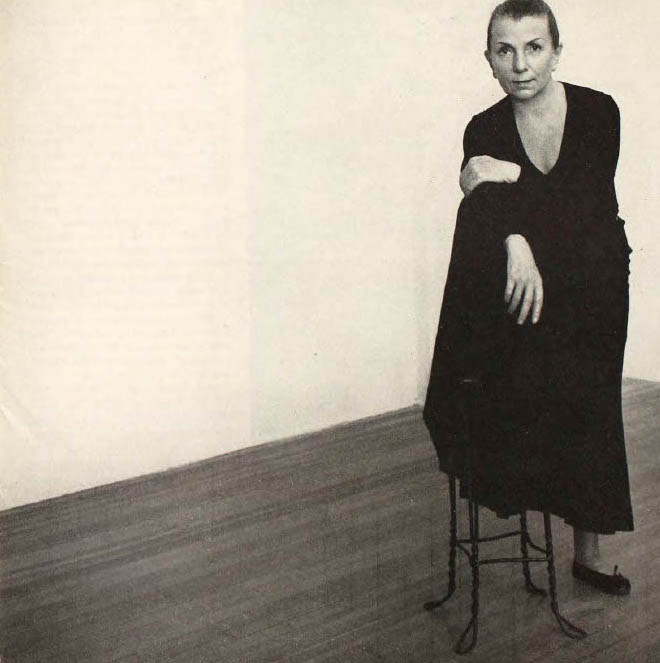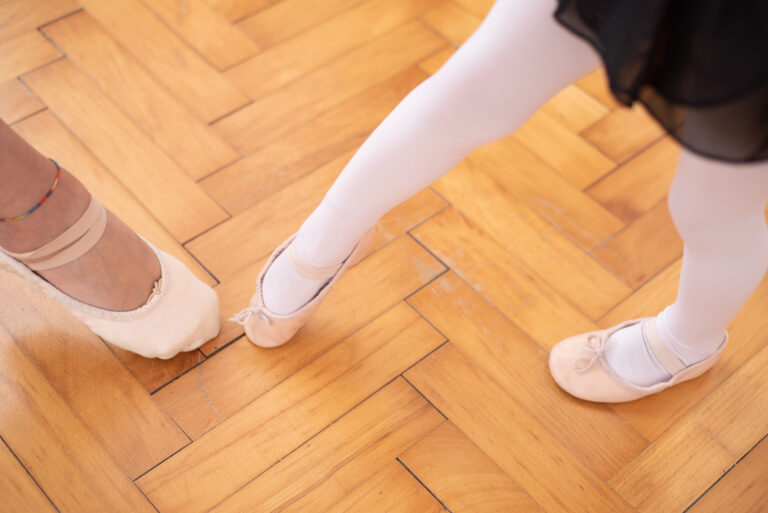
Before I started teaching dance in September 2022, I’d spent nearly a decade supporting dancers outside of the studio as a health, nutrition, and lifestyle coach. Through that work I had countless conversations with dancers about the need for greater inclusivity in dance training. That awareness helped me to enter the studio with an intentional approach, eager to make sure that each and every student felt seen, supported, and valued. Nonetheless, I immediately noticed how hard it was to tune out my own unconscious biases, which drew my eye to dancers with more natural turnout, flexible feet, and hyperextension; all qualities that the dance world has trained me to see as valuable.

From lesson plans to the combinations they’ll teach, educators spend so much time preparing for class. But they may not be considering the unconscious biases they unwittingly bring into the room with them, and what they can do to leave them at the door. To gain a greater understanding of how unconscious bias informs dance teaching—and how to work through it—Dance Teacher spoke to two experts in psychology and dance education for insights and actionable takeaways you can begin to employ in your own teaching practice.
Recognize You Have Bias
Your own biases might be in the areas of technical ability, body type, race, ethnicity, gender, religion, speaking accent, or something else. “Unconscious bias is inevitable,” says Jo-Anne La Flèche, consulting psychologist at l’École supérieure de ballet du Québec in Montreal. “Human beings are constructed to have bias, that’s a survival mechanism. It helps us to identify things that may be potentially dangerous … or desirable.” Acknowledging this isn’t meant to make you complacent, says La Flèche, but rather to allow you to identify biases within yourself without shame.
Step back and think about yourself and the traits you give more value to. “Identify the standards from which you are operating in the dance world,” says Jackson Jirard, the associate director of Urban Improv at Rehearsal for Life in Jamaica Plain, MA, who holds a master’s of education in human development and psychology.
Once you’ve done that, look at your roster for each class and consider which students you’ve been giving more or less attention to and why. Then look inside yourself. La Flèche suggests asking yourself questions like: “What was my dance heritage? What was I raised in?” She explains, “Research shows we will transmit the heritage that we’ve received for better or worse.”
Actively Adjust Your Bias
Once you’ve acknowledged your patterns, you can start to change them. La Flèche suggests that the first step is asking yourself, “What are the core values I received? The good things I want to keep? The lessons I learned from good or toxic experiences? What do I want to put in my own dance educator mission statement?” Separating your positive experiences from the unhelpful ones will help you identify what kind of teacher you want to be.
According to Jirard, finding a truly balanced view of all the dancers who come into your teaching space takes time and practice. It’s not a quick-fix shift, but something that takes lots of intentionality to uncover and start to remediate. If you actually take some time and write out a mission statement for your teaching, you’ll be able to take action from a more positive and consciously designed place.
Give Attention to Each Student
La Flèche encourages teachers to develop the “inner discipline of looking at somebody as if it were the first time you’re seeing them.” You want to do this every time you step into the studio. Otherwise, your past experiences of each student will color how you teach them. To take action on this, systematically put greater attention on the person you’re least attracted to. “What is it in that person that’s a reflection of the parts of myself I’m least attracted to?,” La Flèche suggests asking yourself.
Jirard suggests making an actual list of corrections or compliments you’ve given, and keeping a tally to ensure that you give each student attention during class. Over time, he says, this can help teachers see how they’re distributing their energy in the classroom.
The historical ideals of the dance world aren’t completely invalid, but, Jirard points out, we’ve all seen students defy the odds and make it even without perfect turnout or the stereotypically perfect body. Many dance institutions, while trying to evolve, Jirard says, “aren’t able to perpetuate the good they’re trying to put out, or they’re unconsciously pushing the same agenda that has been prevalent for such a long time.”
Try Diverse Teaching Methods
La Flèche suggests that a “student-centered approach helps to alleviate bias. If you want to acknowledge diversity, you have to use diverse teaching methods.” Each student has a different way of learning. You need to work to connect with each of them in effective ways.
When assessing how impactful your teaching is, La Flèche and Jirard both recommend acknowledging perceptual bias: “If I’m always teaching from the same place in the studio and my students are always placed the same way, I’m always perceiving them the same way,” says La Flèche. “There are students I’ll see more and students I’ll see less. Changing positions, changing lines, you as a dance educator changing position.”
This will be a difficult process for everyone. “To counter unconscious bias is a practice. These things don’t have to only happen within the structure of the classroom,” says Jirard. You’ll have opportunities to validate students outside of class, as well. Beyond that, encourage the teachers around you to stay curious about their own biases. Approach with empathy and open conversations around unconscious bias in teaching. This will facilitate positive shifts, and allow for greater healing in the dance world to take place.





